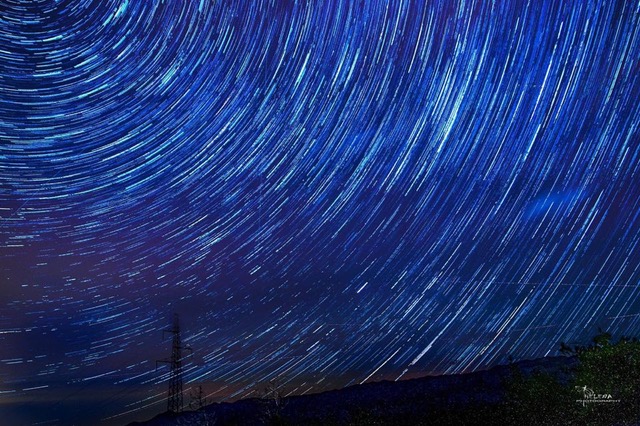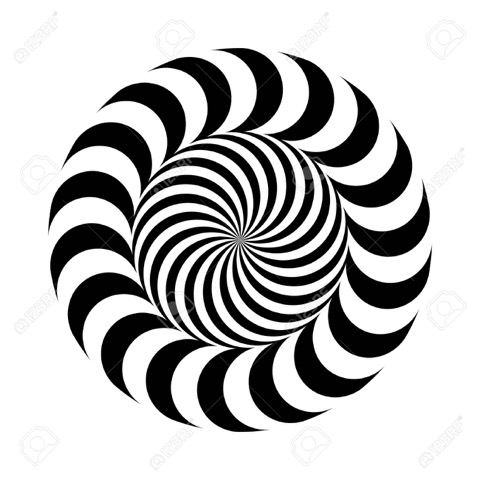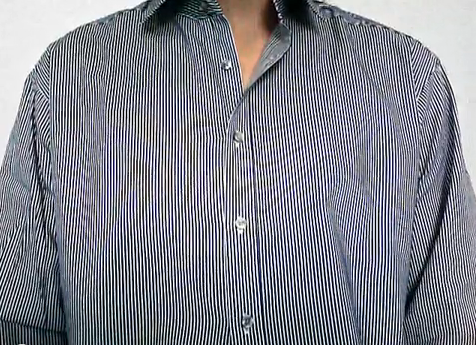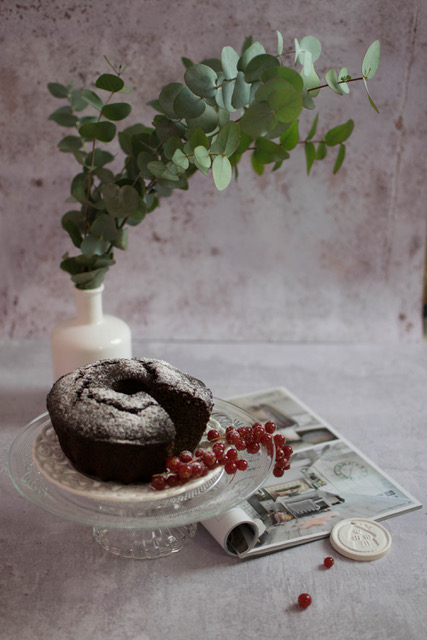Another principle of design we use for creating a great composition in photography is Movement.The sensation of movement can be suggested by the alignment or by specific photography techniques.
Movement (effectively) can be seen in film, video and animation. In photography, physical movement can be represented through specific techniques such as: frozen moments, blurring, illusion of movement, compositional movement and special techniques used in art.
1. Frozen movement
A collage of pictures representing the same subject in a series of chronological moves, will create the visual sensation of movement (like in animation).Fashion photography - another mode to create the sensation of movement is for example freezing a moment when a woman spins while wearing a very large dress, by using a fast shutter speed.
2. Blurring
This technique can create a sensation of movement and you can get this by using a long exposure (slow shutter speed). Landscape photography - for example when you take a picture with a long exposure for a night sky with starts and their position changes slightly so that it creates the sensation of movement.
The image below of a night sky has been taken with a very long exposure; the position of the stars have changed significantly during the exposure time:

3. Optical illusion
The arrangement of lines and shapes creates movement for our eyes, which actually does not exist.Lifestyle photography - taking a picture of curved stairs in an old building (or even some specific fabrics) can create a similar effect of optical illusion.

When taking pictures of such elements as fabrics, we must pay attention to the Moire effect. Moire effect will decrease the quality of the image, because the image will have in addition some odd lines; it can be adjusted in post-editing, but not always 100%.

4. Compositional movement
When creating a composition with several elements that will recreate a movement, it is about the eye which takes a journey, how it moves along those elements. It is important to remember that the sensation of movement can be suggested in a composition by using several props (more about this in a separate module).
This can be created in two ways:
- effectively showing the elements in a specific order - like a hopscotch game (when you jump into specific squares)
- creating a flow, a line of movement with elements - for example in food photography:

5. Special techniques in art
In art, there are several painting who emphasize the sensation of movement, combined with using a specific color scheme - here are some examples:
- The ballerinas from Edgar Degas’s paintings re-create perfectly that sensation of movement;
- The stary night - Vincent Van Gogh - by using broken, slowly curved lines.